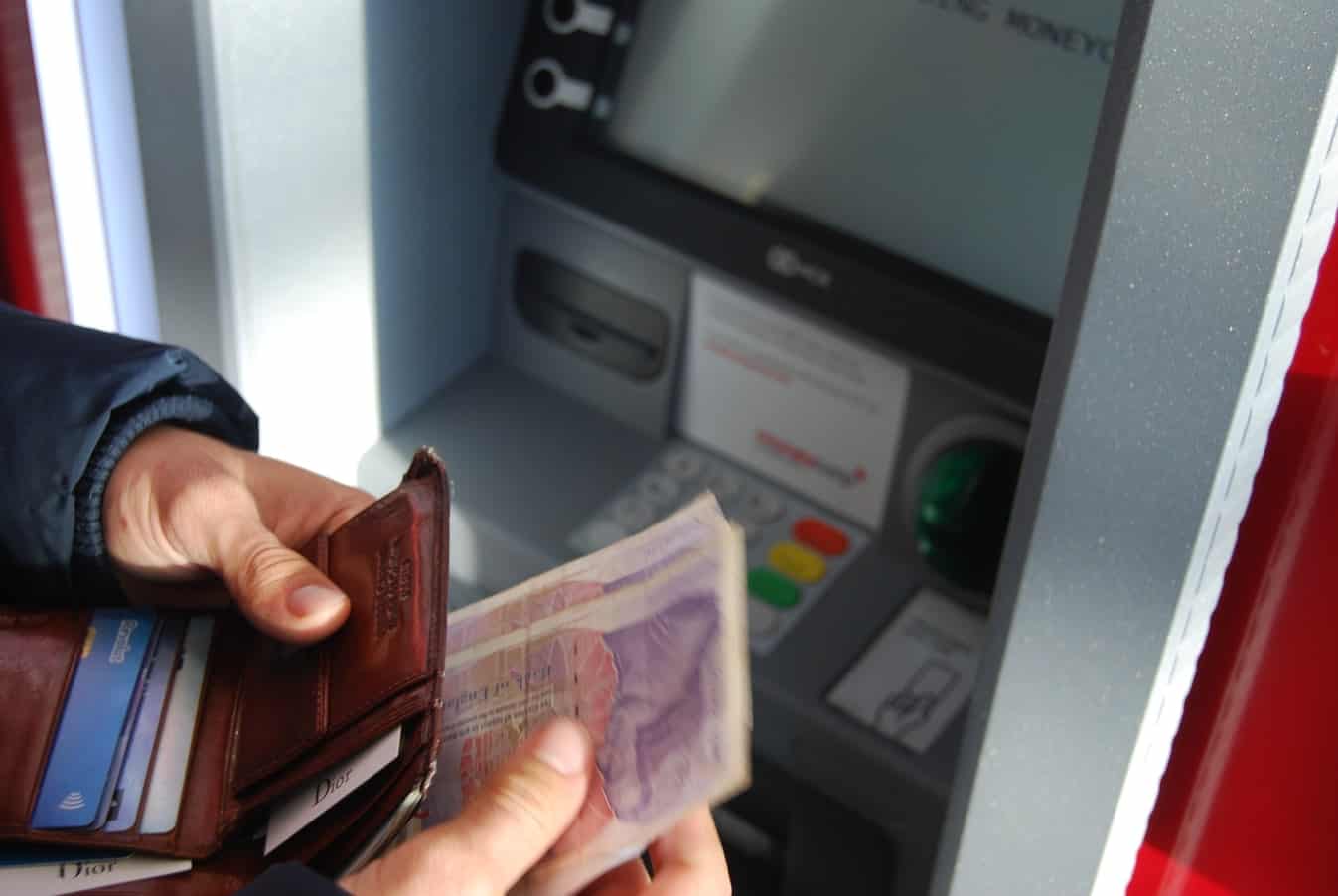Anand Gupta, Open Financial Technologies Pvt. Ltd.
The onset of the pandemic has brought people indoors which has resulted in W4H, zoom meetings, spending more time with family and many more such constricting measures. People are looking at digitizing all their workflow… be it personal or professional. Gone are the days when we needed to meet F2F to discuss problems and solutions. Tech platforms have taken the place of physical workstations.
Similar situations have resulted in significant challenges for the Indian banking sector. Banking across the vast and varied geography of this country has always had a heavy focus on face to face interaction. Consumers have moved from banking branches to banking platforms from where they could conduct their transactions in a jiffy. No need to taking tokens and waiting in queues. All you need is your consumer ID and password.
But believe me, even this also has become a passé as today’s startup entrepreneur or freelancer is not looking at only banking but a unified experience of banking, payments, bookkeeping etc. on the same platform. Consumers today are fed up with the disjointed experience of working on different platforms.
To make banking paperless, convenient and unified, fintech startups have launched neo-banks. They have partnered with exiting banks, as RBI regulates the licenses, to build platforms which not only provide banking but paraphernalia of services. The individual-focused neo banks provide wealth, insurance backed by advisory models and goals tracking along with banking & payments. Similarly, the SME focused neo banks provide bookkeeping, invoicing & reconciliation along with banking & payments to digitize and automate their financial function.
The platforms have a much better User interface making banking interesting and increase the engagement level of consumers. FinTech has developed models to gauge the journey of the consumer on the platform to digitally promote other products and services.
All this with reduced operational costs will make banking affordable and intuitive since the millennials today will demand a lot more with the least amount of resistance.

